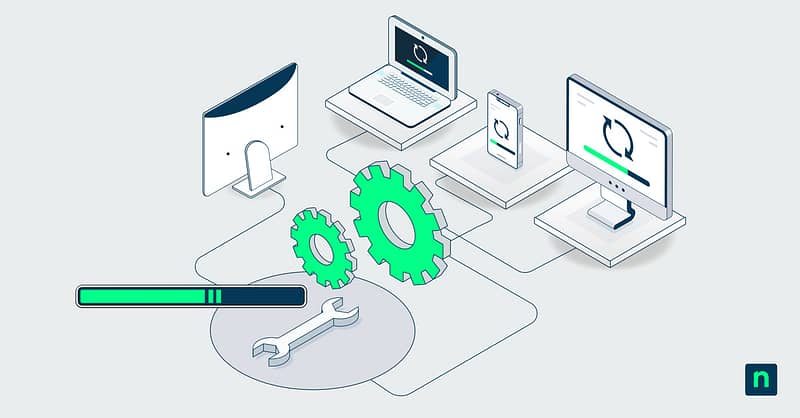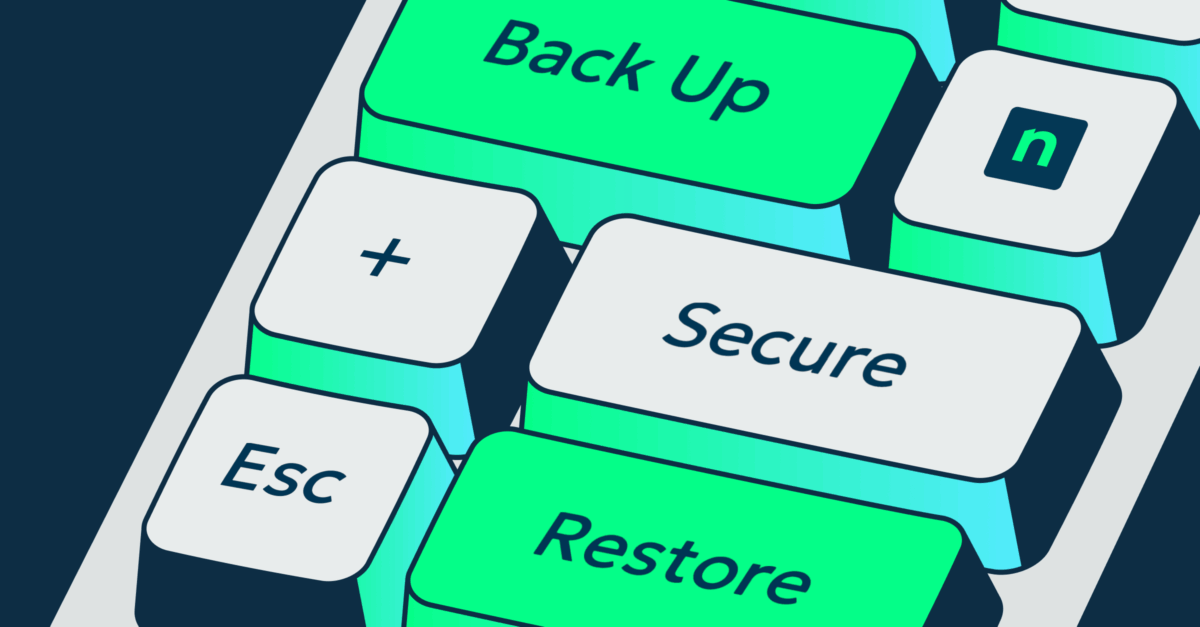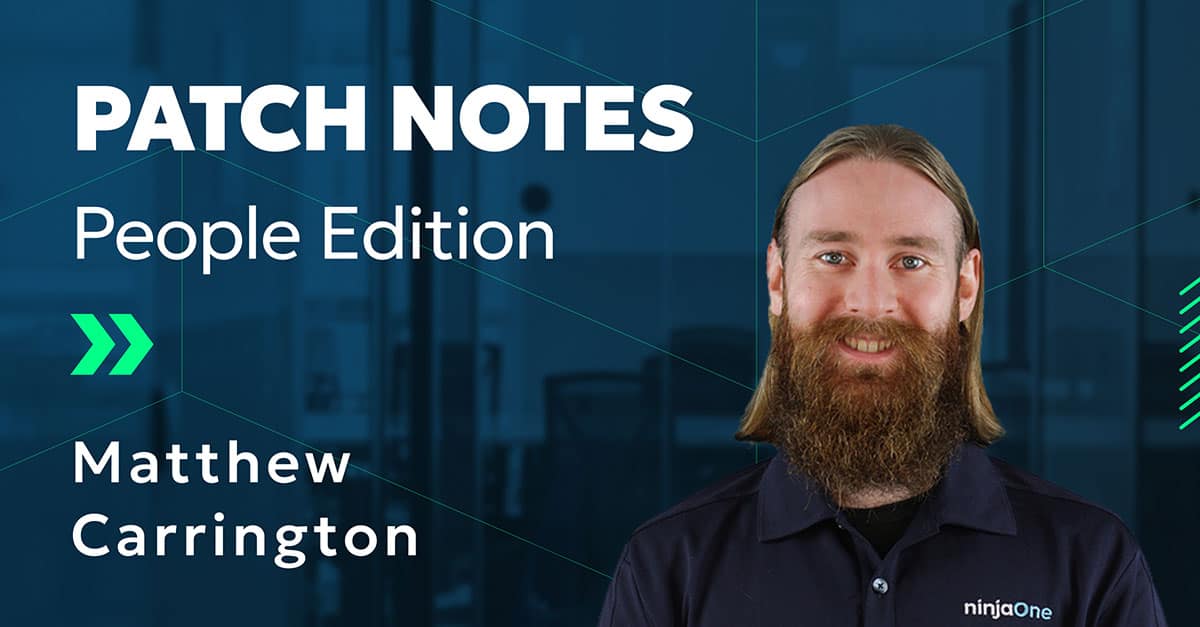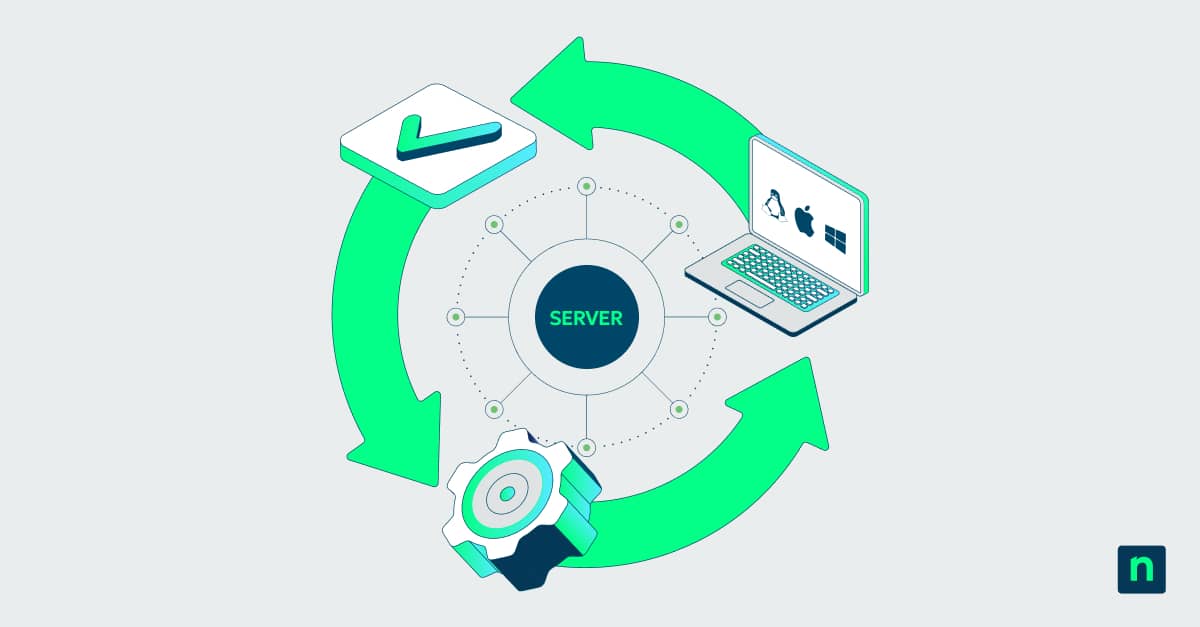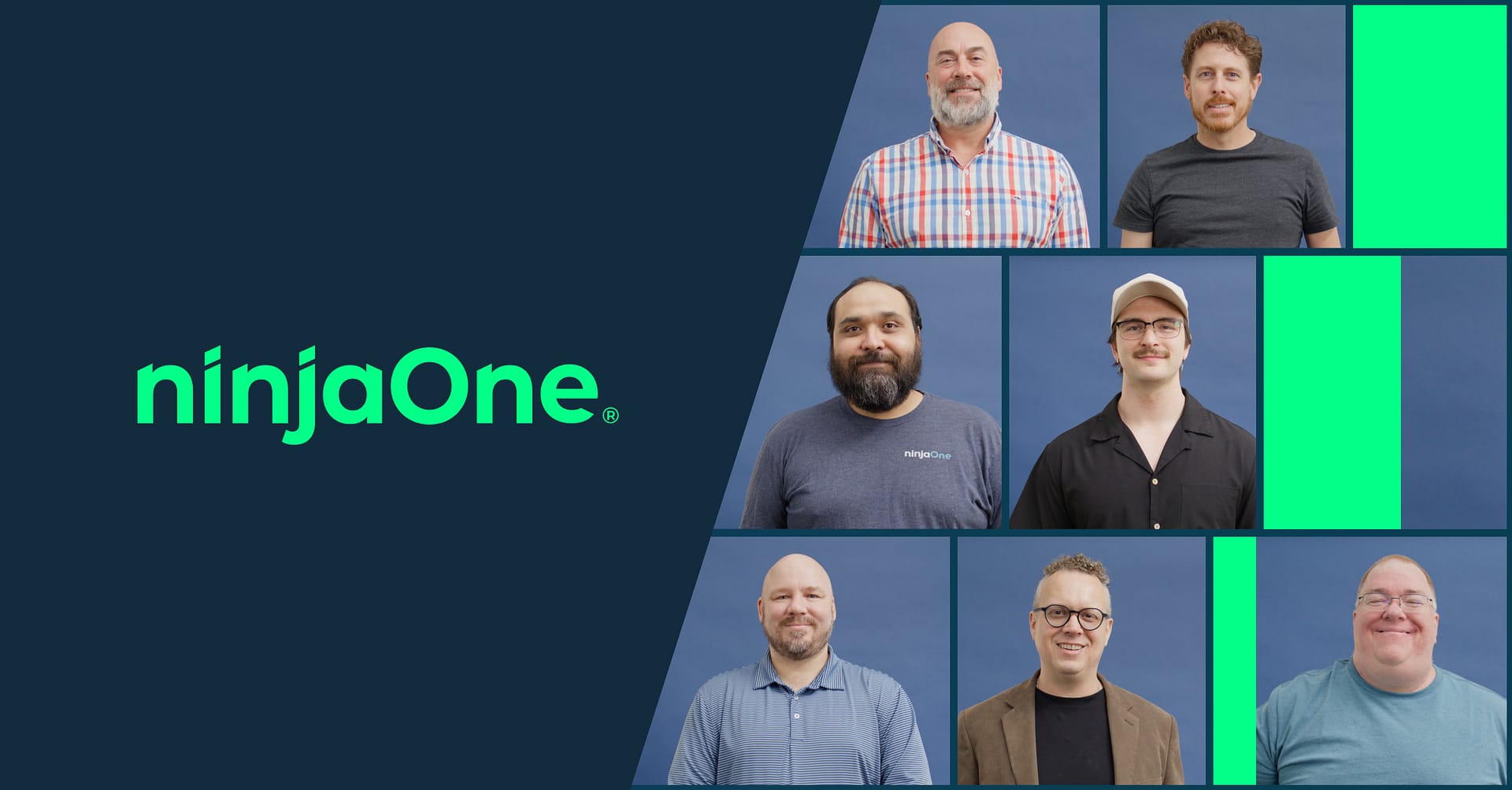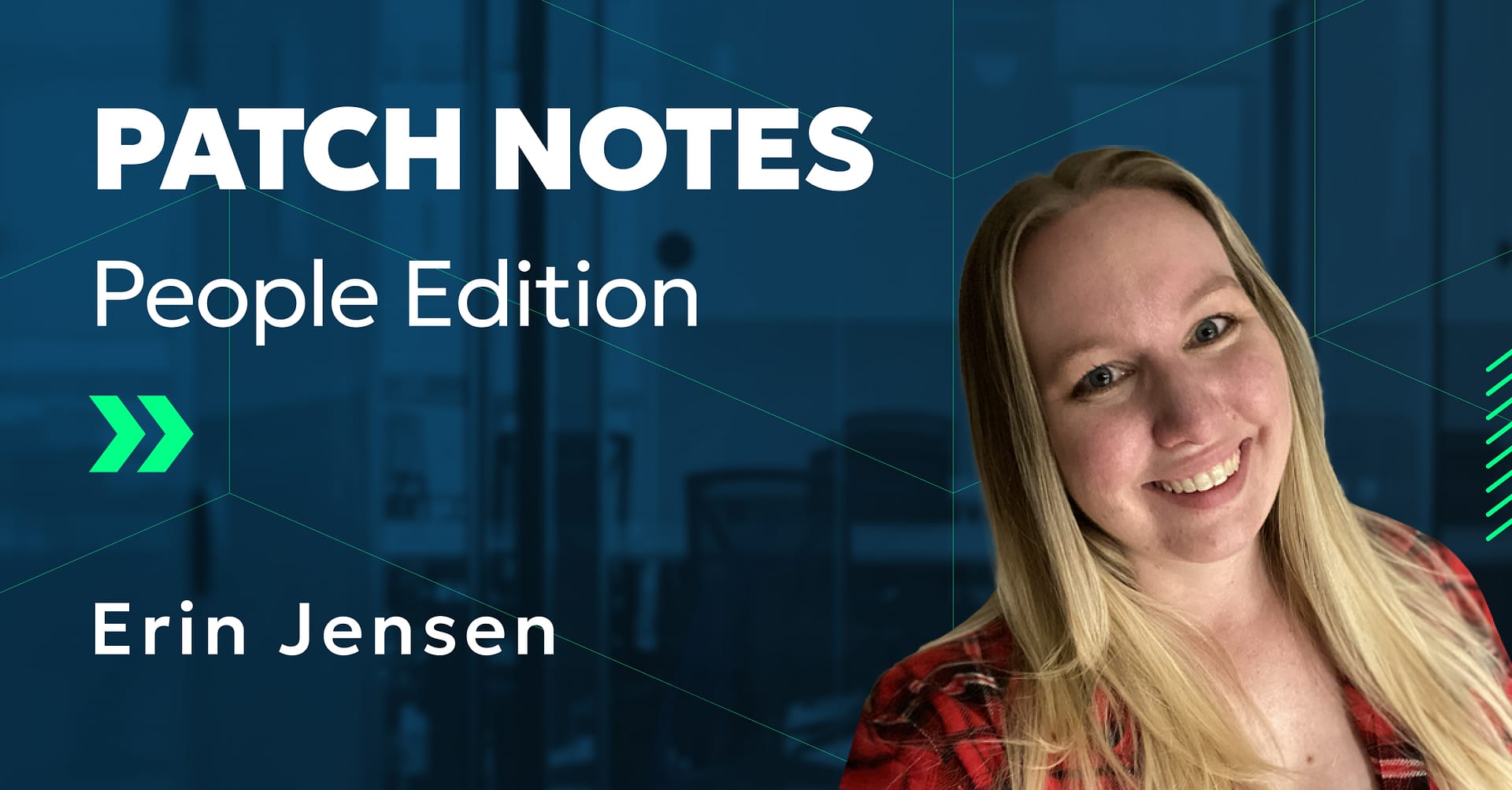Key Points
- Traditional Patching Challenges: Hands-on patching may struggle to balance speed and stability, leaving organizations vulnerable to breaches tied to unpatched systems.
- Autonomous Patch Management Benefits: Automation reduces manual toil, shortens exposure windows, and keeps systems in compliance.
- Improved Workflow for Multiple Stakeholders: From system admins to finance teams and even end-users, autonomous patching aligns technical efficiency with business value.
- Cloud-Native and Scalable Solution: Deploy timely updates across remote, hybrid, and distributed environments without VPNs or on-prem infrastructure.
Traditional patching has always been a balancing act between speed and stability. However, in today’s threat landscape, where data breach costs are rising, that balance can’t come at the cost of security.
With that in mind, there’s even greater value in adopting IT automation. In particular, NinjaOne’s Autonomous Patch Management can fix many traditional patch management workflows (and more). Find out below how NinjaOne combines automation, intelligence, and flexible policy-driven workflows to create a more resilient and scalable IT environment.
Who needs autonomous patch management and why
Autonomous patch management is more than a software upgrade. In many ways, it directly benefits nearly every stakeholder in an organization.
Role | Autonomous Patching Benefits |
| System and Platform Administrators | Removes the need to manually track dozens of vendor bulletins, eliminating drift and reducing the manual toil that otherwise consumes their time. |
| Security Teams | Closes vulnerabilities quickly, shortens the window of exposure, and helps meet standards (e.g., CIST, NST). |
| Help-Desk and IT Support | Reduces patch-related tickets and emergency reboots, freeing staff to focus on higher-value work. |
| Compliance and Audit Officers | Provides immutable logs and proof of patching activity to meet PCI-DSS, HIPAA, GDPR, and other audit requirements. |
| Finance, Procurement | Saves costs by reducing downtime, incident response, and unnecessary licensing, delivering clear ROI. |
| End Users | Experiences fewer disruptions with intelligent, staged patching outside of working hours and graceful restarts. |
Autonomous patch management reduces risks and aligns technical efficiency with business value. As a result, it seamlessly delivers security, compliance, and productivity gains across the organization.
Pillars of autonomous patch management
1. Automated patching across OS and applications
It’s no longer enough to only patch operating systems. Attackers exploit weaknesses in unpatched third-party applications every day, and those apps are often business-critical.
NinjaOne supports Windows, macOS, Linux, and over 6,000 third-party applications with the same automation and policy-driven precision. One unified approach closes more gaps, faster, ensures a consistent approach and comprehensive visibility across the whole IT stack.
2. Autonomous patching with Patch Intelligence AI
This is where patching moves beyond “set it and forget it.”
Patch Intelligence AI continuously analyzes vendor telemetry, community forums, and deployment signals to detect unstable or risky updates. Patches flagged as problematic are automatically paused, even if existing policies exist to approve them, preventing downtime and disruption before it happens.
At the same time, NinjaOne ingests CVE/CVSS data and seamlessly imports vulnerabilities from scanners like Tenable, Qualys, and Rapid7. Critical patches can be prioritized for faster remediation, shrinking exposure windows while ensuring safer rollouts.
With flexible, policy-driven automation and the option for manual intervention, IT teams can confidently align remediation with organizational risk tolerance while retaining the agility to act instantly on zero-day vulnerabilities.
NinjaOne difference: Safer, more reliable patching that strengthens every other security and IT investment.
3. Reduce the hidden operational cost of bad patches
Patch Intelligence AI isn’t just a security play; it’s a massive operational risk mitigator. If 95% of Windows OS patches are typically deployed successfully, there’s still 5% that fail. At scale, the raw numbers could pose an even greater threat.
Each failure forces IT teams to investigate, uninstall, remediate, and re-deploy. In the process, this avoidable cycle can potentially create an enormous time sink across thousands of endpoints.
By automatically pausing unstable updates, NinjaOne eliminates much of this hidden overhead, saving countless hours while maintaining stability. Not to mention it takes significant pressure off the IT team to chase and recalibrate.
4. Vulnerability importing and zero-day readiness
NinjaOne integrates directly with scanners, including Tenable, Qualys, and Rapid7, to automatically import vulnerabilities, map them to affected assets, and enable prioritized remediation using CVSS scores.
When zero-day vulnerabilities emerge, IT can bypass automation cycles and apply patches manually, ensuring a fast, targeted response.
Any device, anywhere
Whether endpoints are in the office, at home, or in the field, NinjaOne ensures they stay patched and protected. Our cloud-native, agent-driven platform requires no VPNs, on-prem servers, or slow network connections.
Patches deploy wherever the device is, keeping security posture consistent across a distributed workforce. For larger environments, patch caching (available with premium licenses) reduces network strain and speeds up patch rollouts.
Scalable and smart patching workflows with NinjaOne
Small environments (a handful of servers or workstations) often get by with ad‑hoc, manual updates. However, mid-size and large environments face exponential complexity regularly. Wherever you’re coming from, NinjaOne’s patch automation provides a path to scale, improve security, and unlock greater business efficiency.
🔁 Unified, risk-driven workflows: Bringing together vulnerability data, patching, and configuration into one seamless engine.
🔐 Security-first automation: Ensuring patches are prioritized by risk, not just by release date.
💻 AI-powered operational assurance: Using Patch Intelligence AI to prevent disruptions and reduce hidden IT costs.
Together, these autonomous workflows ensure organizations don’t just patch faster; they patch smarter. This is what modern vulnerability and patch management should look like for modern or growing MSPs, enterprise IT, SMBs, and hybrid IT environments.
👉 More: Read the Pocket Guide to Autonomous Patching for additional insights on how you can take advantage of autonomous patching and gain some time back in your day.
